Pulished on Jan. 11, 2023
Stainless steel cutlery is an essential product in our daily life, but do you know how a set of stainless steel flatware is produced? The process of a set of flatware production is numerous and complicated, so today we will share the production process of Garbo stainless steel cutlery factory, from which we can learn very much expertise.
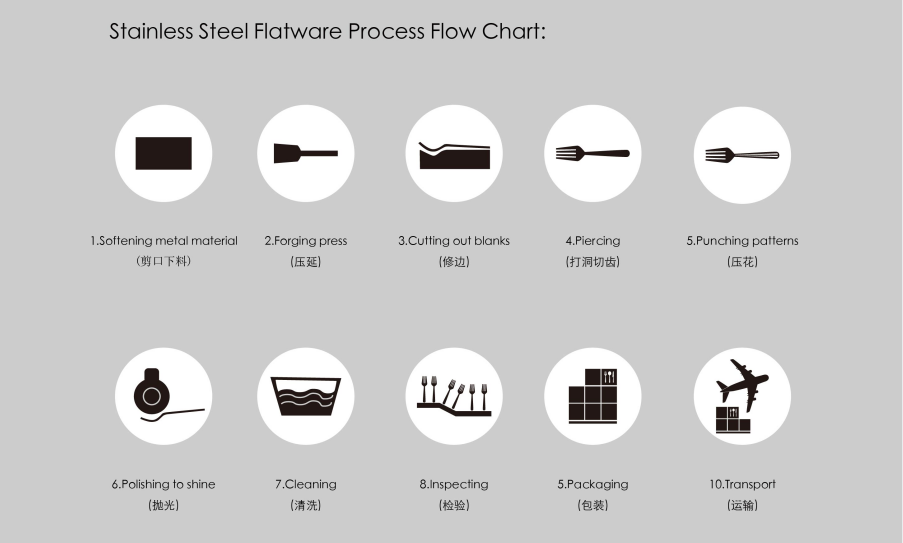
1. Mould
General stainless steel flat cutlery requires a minimum of 4 molds (cutout mold - embossing mold - trimming mold - pressing mold), some products such as thick loaded round handle Portugal model is 7 (with side pressure, divided into upper and lower mold). The following is the stainless steel products mold reference, the original product under the material is just a stainless steel strip, without any grain, the material will be put into the machine here to press down on the shape. At present, Garbo has several thousand sets of its own molds, and we also support the customization of the customer's own mold, this mold once opened in our company will be able to use forever, we will also be for the customer's mold for market protection.
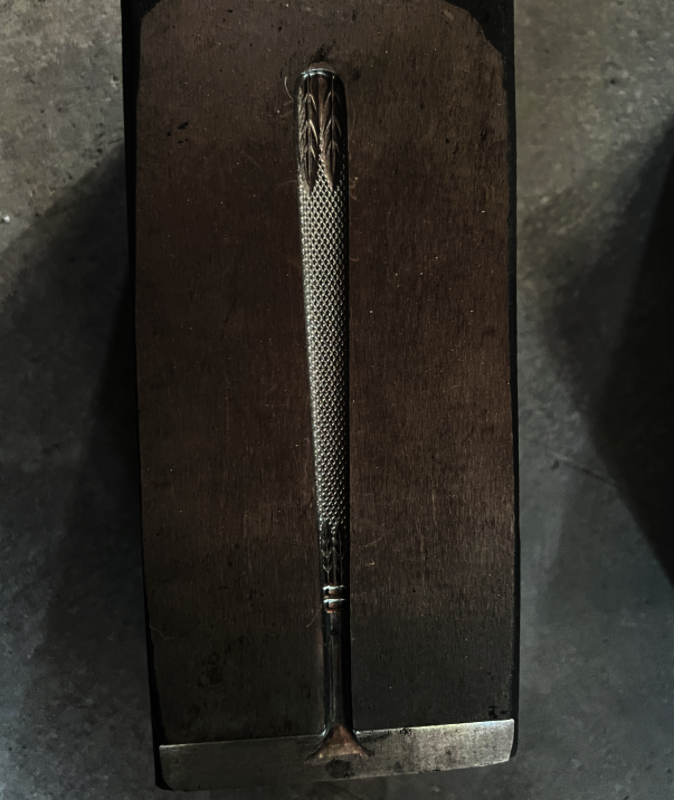
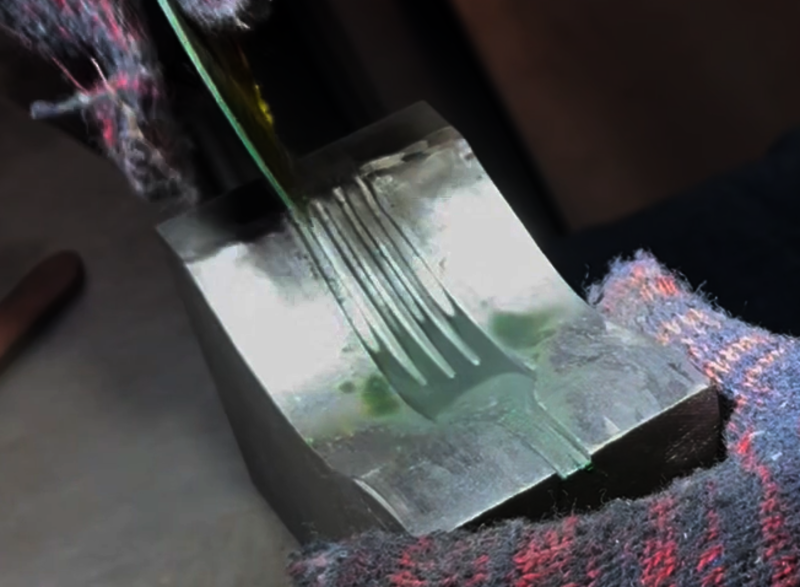
2. Softening Metal Material and Cutting
Softening Metal Material and Cutting is the process of cutting the raw material by machine through the mold to the size set by the mold. This is the raw material of stainless steel cutlery, workers will put a piece of stainless steel material into the machine to cut out the rough shape of the cutlery. For kitchenware, the raw material is similar, the first step from the raw material cut out the general shape and then various pressing and polishing.
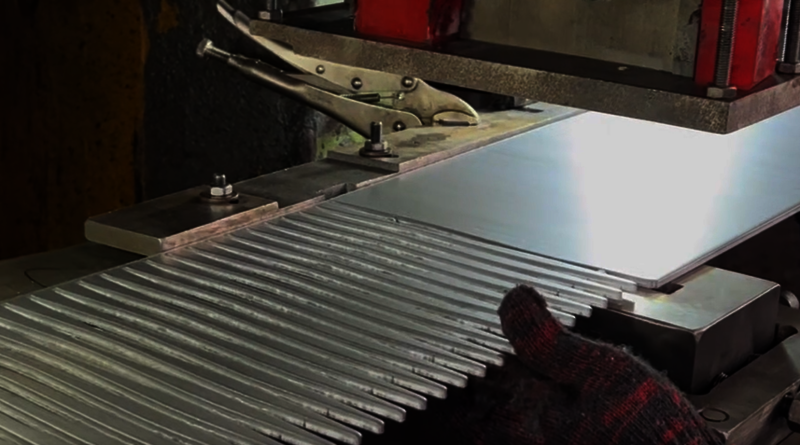
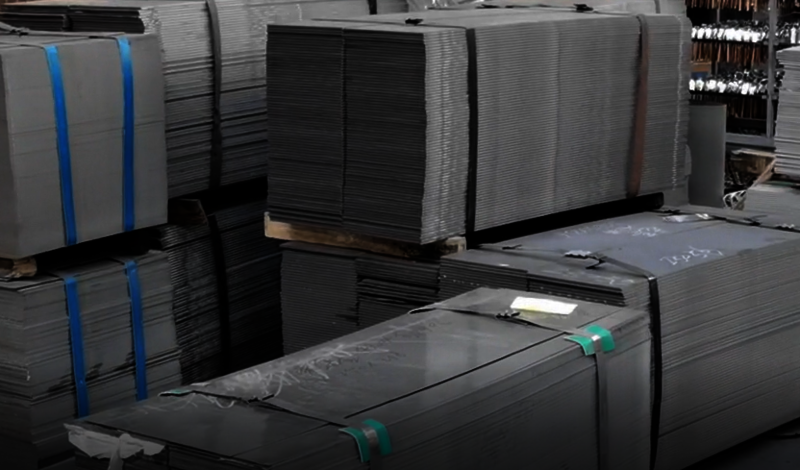
3. Forging Press or Cross-pressing
This refers to the production of products that are extended and lengthened by machine pressing. This step is to put the cut out material into the machine to polish, this time the cutlery does not have any shape, the cut out material is relatively thick, the machine will flatten and thin the head of the product, such as spoons, forks, knives, etc.. The thickness is generally 0.8-2mm. Horizontal extension is generally the fork, spoon width of a slightly wider part of the press thin, such as the spoon head and fork head parts; vertical extension is generally the product head longer products.
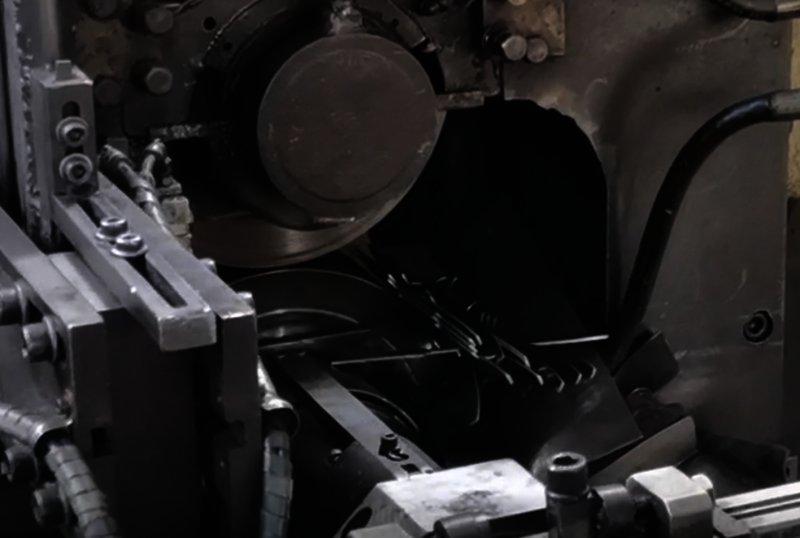
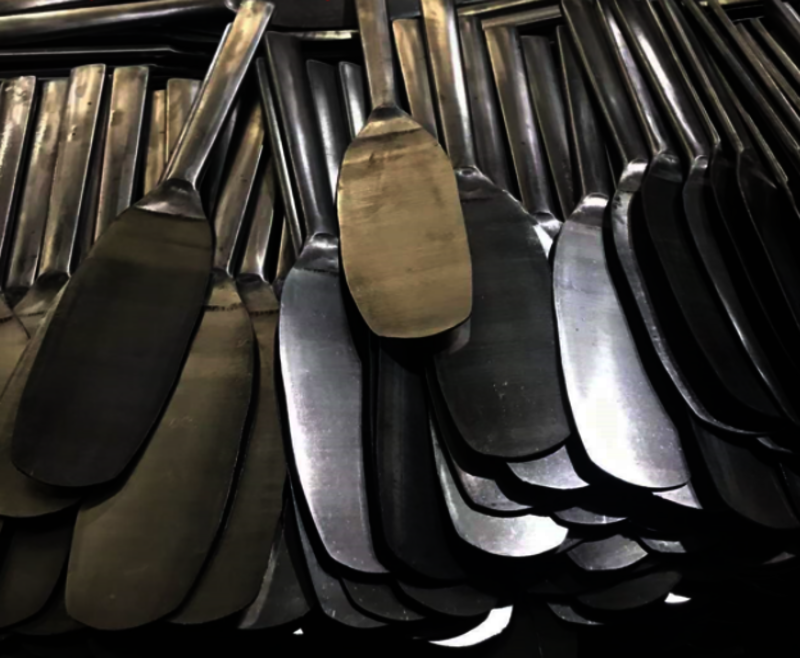
4. Cutting out Blanks and Piercing
It means using the machine to punch out the product to cut out the specified shape. Trimming is to use the mold to make the designed shape (knife, fork and spoon, etc.), and use the machine to punch and cut the head of the product after forging pressing.
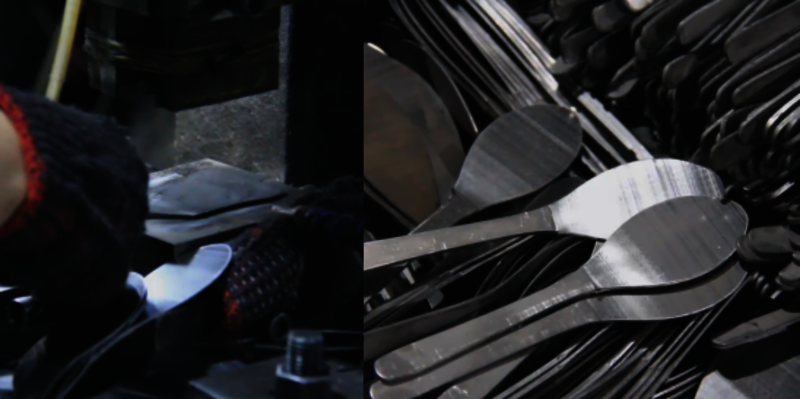
5. Punching Patterns
After trimming and cleaning, the knife, spoon and fork can be distinguished, but the shape is still the shape of the blanks, and the handle has no pattern shape. Embossing this step is mainly to press the shape of the handle, pattern, steel LOGO, etc., the logo and handle design can be customized.
6. Grinding and Flat Polishing
After embossing, the surface of the material and the side of the grinding into the flat polishing step, first grinding, then flat polishing, grinding edge is also 5 ~ 6 machines for different parts of the grinding edge. The surface of the material itself is not shiny, so it has to be polished and polished to make the surface of the product shiny. Polishing includes surface polishing and side polishing. Machine polishing or manual polishing with specific sanding materials and polishing materials.
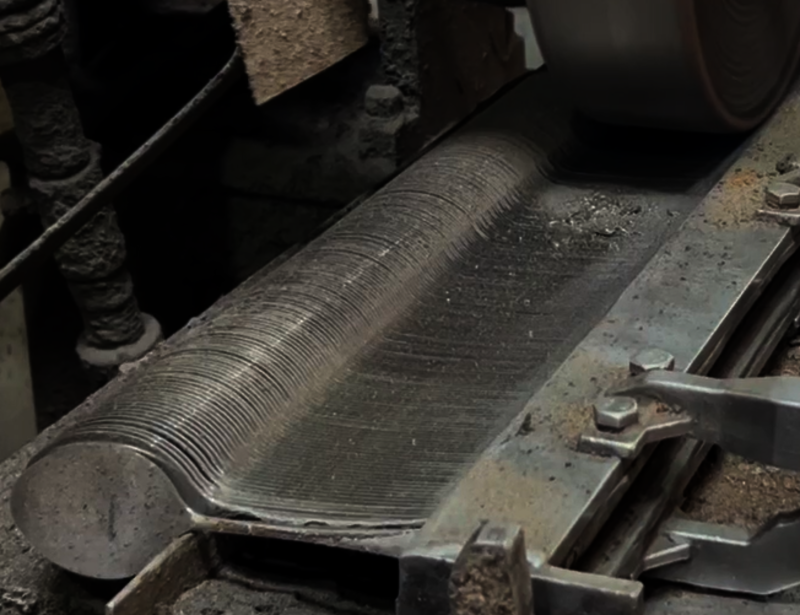
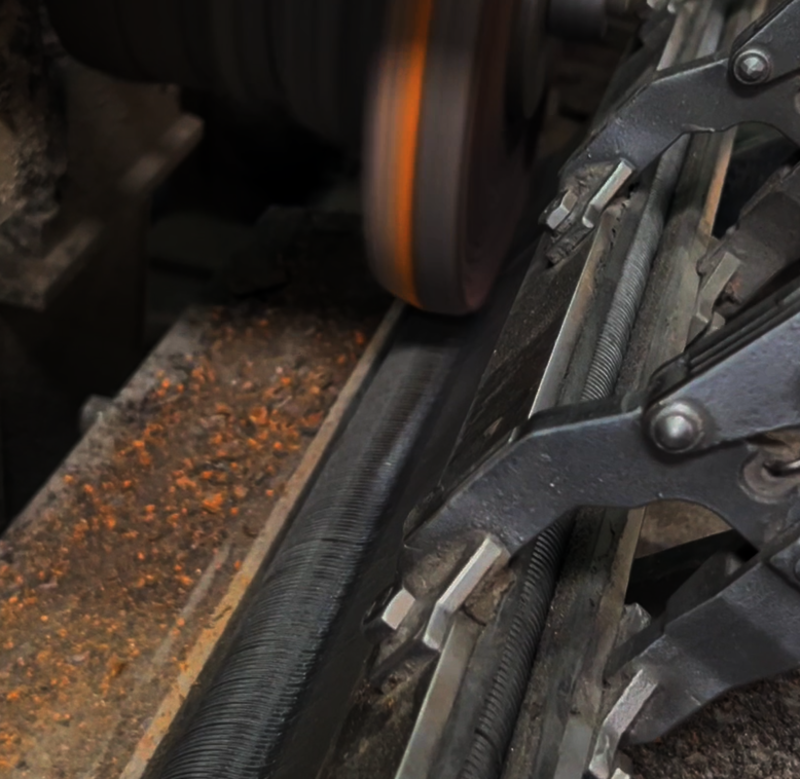
7. Pressing the Shape
This refers to the production of a product that is extruded into a specified shape by a hydraulic machine through a die. After the above process, the product is still straight. The purpose of shaping is to produce the curves of the product and to press out the curvature of the product.
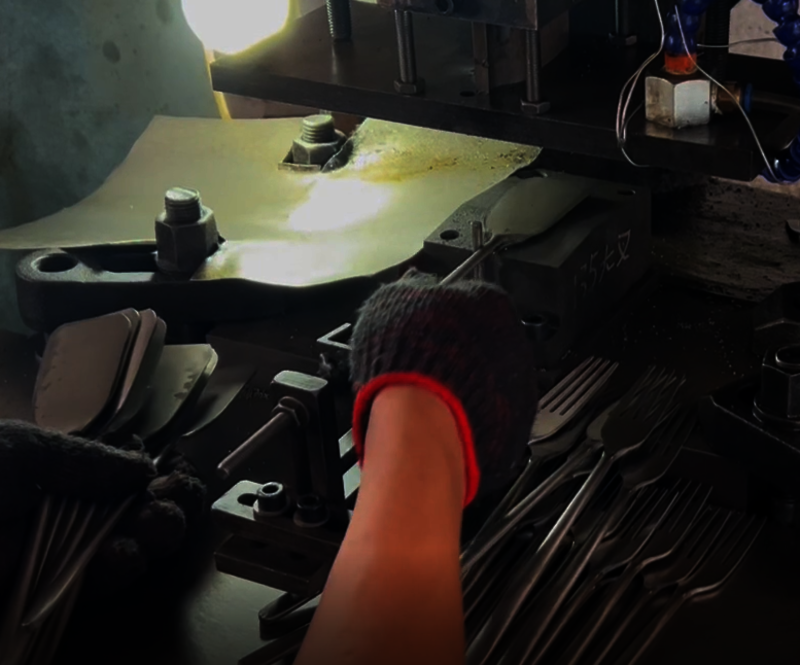
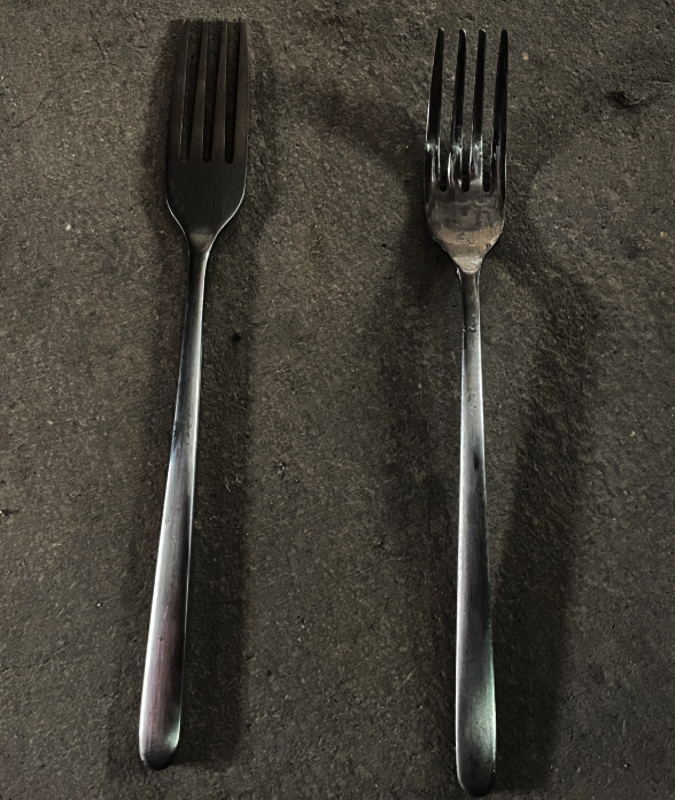
8. Polishing to Shine
After the embossing, the surface and sides of the material are polished and then the flat polishing step is carried out. The surface of the material itself is not shiny, so it has to be polished and polished to make the surface of the product shiny. Polishing includes surface polishing and side polishing. Flat polishing is the first polishing, mainly polishing the head, shank and other parts, polishing off the rough part of the raw material. Usually the factory will have 6-15 machines to do flat polishing. This is also one of the most critical steps for cutlery quality.
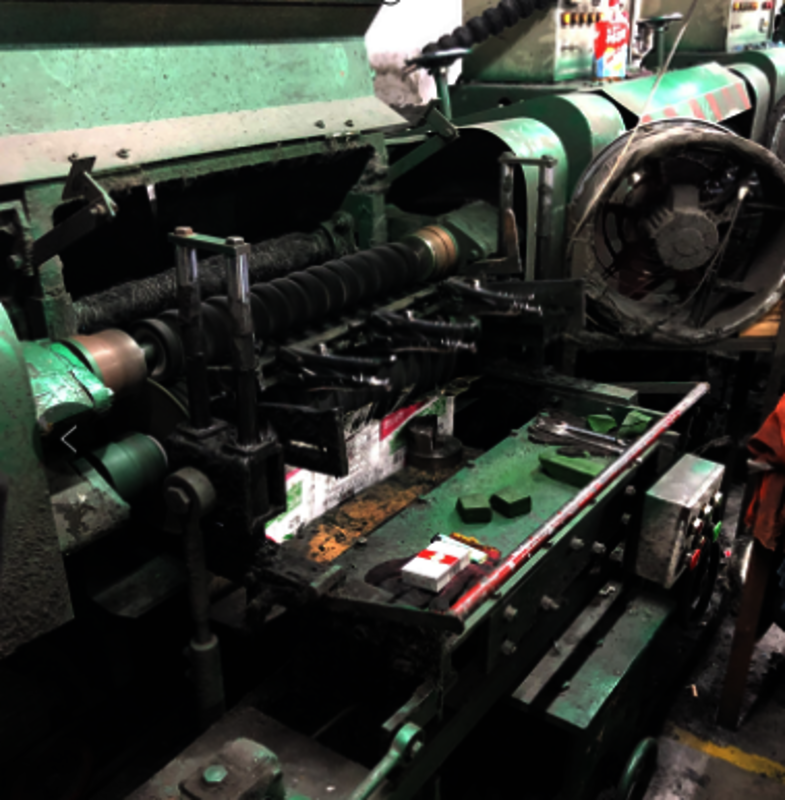
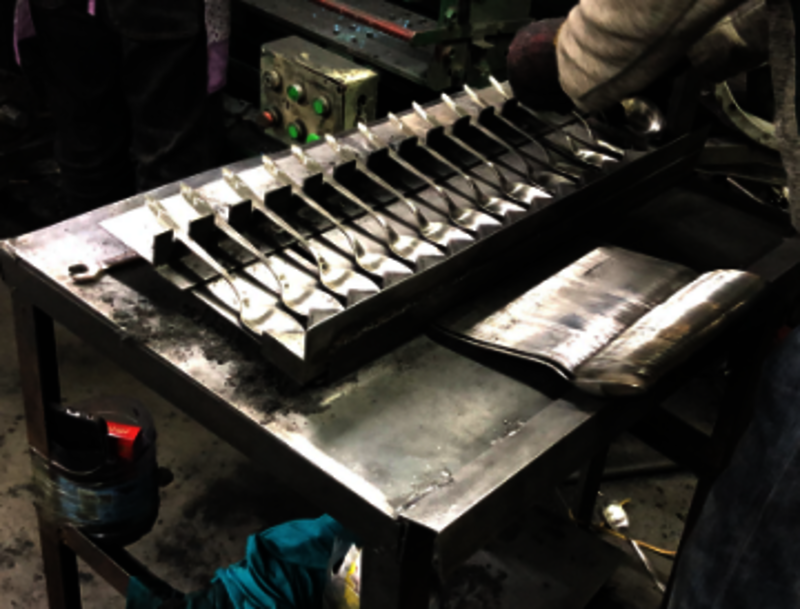
9. Cleaning
After polishing and grinding for many times, there will be industrial residues such as polishing wax on the product, so we need to use professional wax removal water with ultrasonic machine for cleaning. Automatic cleaning by machine assembly line.
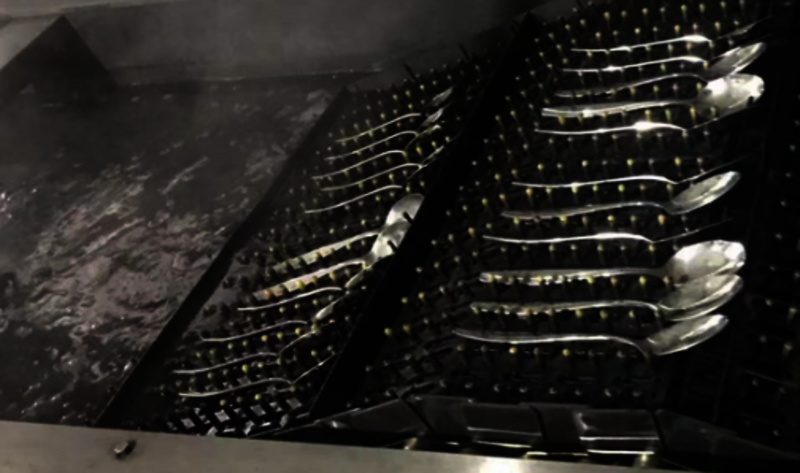
10. Inspecting & Packaging
After all the products are cleaned, it is time to pack them according to the customer's packaging requirements. The general packaging is one piece/bag. 12 pieces trapped a dozen. But note that before packaging, workers and QC must be product selection, failing to re-polish or discard.
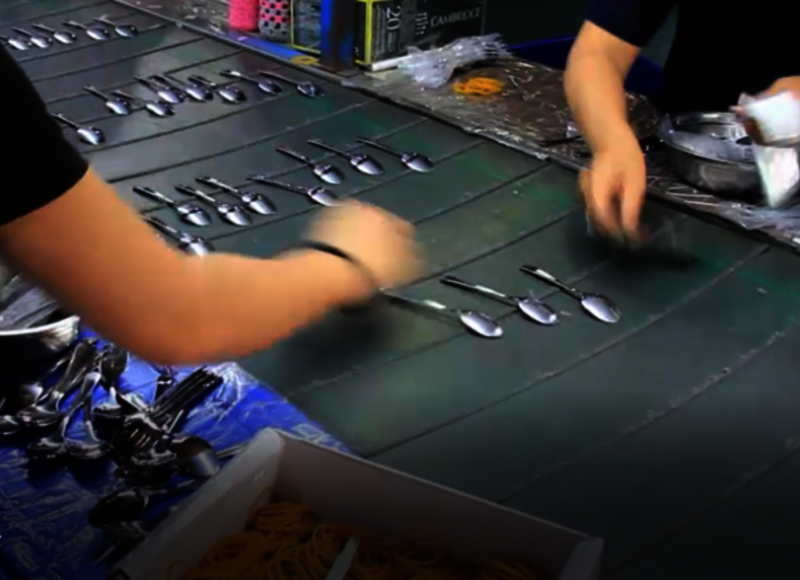
Garbo's cutlery branch office has been completed in Jieyang City last year, which will mean that Garbo's stainless steel production and business will be more mature and professional, we will also be more robust in the production of stainless steel knife and fork gathering place, we are very much looking forward to the future development prospects of stainless steel flatware, also believe it will have wireless potential.
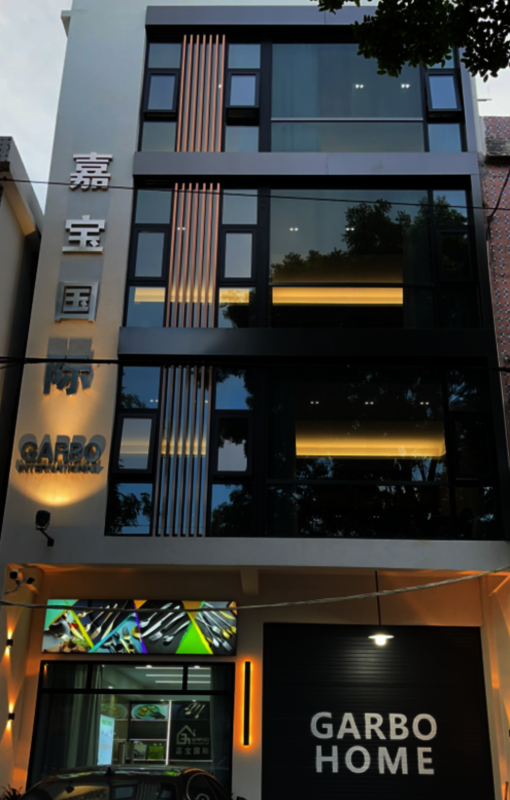
Looking for Flatware Supplier?
OEM&ODM RequestRequest for Quotation?
Get Factory PriceAny Confusion?
Speak With SalesmanWe deliver the quality and value your flatware needs, on time and within budget.
Contact UsODM&OEM Service
Our flatware is certified by leading retailers including Walmart, Tesco, Costco, Lidl, Target, and METRO, ensuring the highest quality standards.
Experience seamless service from design to export with our one-stop solutions. Our team simplifying your export process and allowing you to focus on growing your business.
Choose from a range of eco-friendly and customized packaging options to suit your specific needs. Our packaging solutions are designed to protect your products while reducing environmental impact.
Our efficient supply chain ensures timely delivery of your custom cutlery, minimizing lead times and keeping your business operations running smoothly.
Comprehensive support & satisfaction guaranteed.